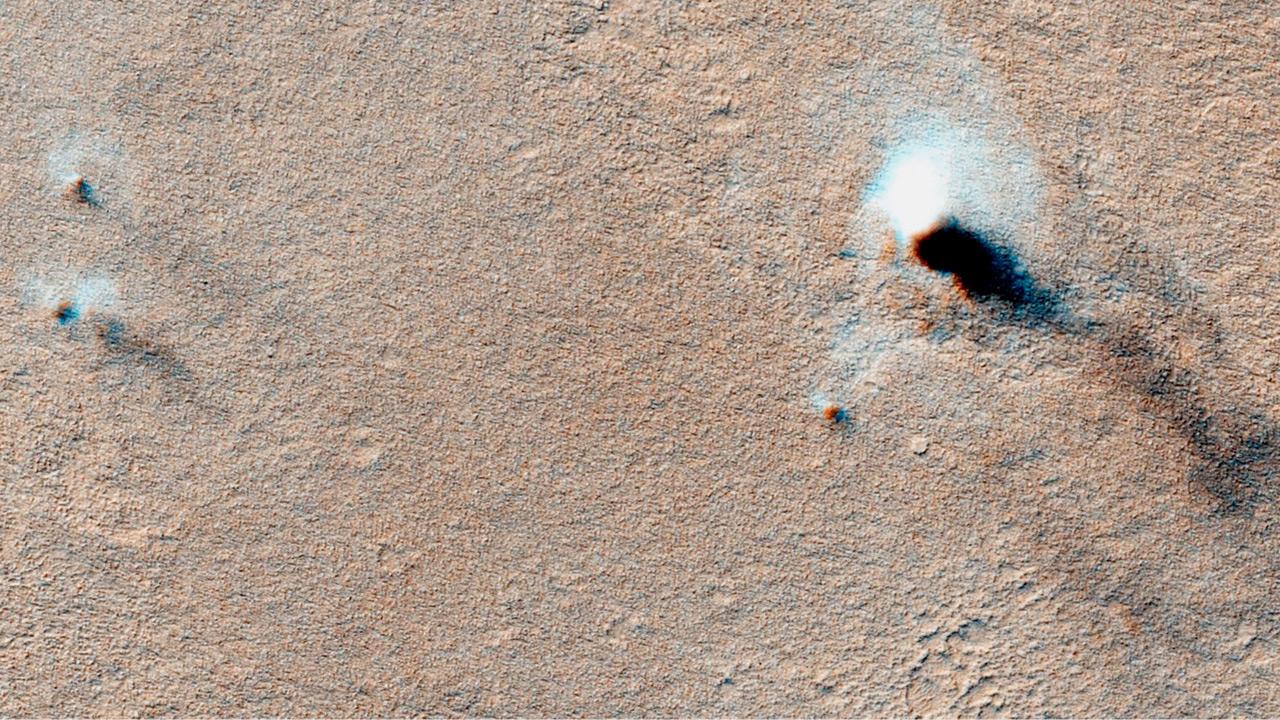Multiple Mauna Kea observatories have been closely observing 3I/ATLAS, an interstellar comet that originated from beyond our solar system. This remarkable object was discovered by the ATLAS survey telescope in Chile. Notably, 3I/ATLAS is only the third known object confirmed to have come from interstellar space — hence the “3I” designation in its name. (The first known interstellar object, ‘Oumuamua, was discovered and named in Hawaii.)
Throughout the summer, several observations of 3I/ATLAS were conducted from Mauna Kea. However, in November, the comet will pass too close to the Sun for ground-based observatories to study it effectively. Fortunately, 3I/ATLAS will become visible again in December, allowing astronomers to continue their study of this fascinating visitor from outer space. Eventually, the comet will leave our solar system, never to return.
For more information, visit: [gemini.edu/news/press-releases/noirlab2522](https://gemini.edu/news/press-releases/noirlab2522)
—
### Special Events
Through November, the spectacular Leonids meteor shower will light up our night skies with shooting stars. These meteors originate from the tail of comet Tempel-Tuttle, a periodic comet that last passed through Earth’s orbit in 1998. The peak of the Leonids shower will occur on November 17-18, during which observers may see up to 10 meteors per hour.
—
### Evening Observing
Near the center of the sky, look for **Kalupeakawelo**, also known as the “Kite of Kawelo.” This is one of the four great navigational starlines identified by the Polynesian Voyaging Society. At the heart of this starline lies the famous **Great Square of Pegasus**, symbolizing the body of a kite flying high overhead.
To the north of the Great Square are the “W” shape of **‘Iwakeli‘i** and the houselike shape of **Kamo‘i**. The starline also connects with some of the brightest stars visible in the southern fall sky.
According to legend, Kawelo was a Kauai chief and hero known for excelling in many athletic competitions. In a kite-flying contest with his cousin, Kauahoa, Kawelo skillfully twisted, turned, and leapt his kite, causing both kites to become entangled. Kauahoa’s kite string broke and was carried away by the wind. Although Kawelo feared punishment from his larger cousin, Kauahoa instead blamed the wind. Spectators interpreted this event as a sign of Kawelo’s supernatural power.
—
### Morning Observing
Before sunrise, behind Jupiter, you can observe the Milky Way along with the navigational star family called **Kekaomakali‘i**, known as the “Bailer of Makali‘i.”
—
Enjoy the wonders of the night sky this season!
https://www.staradvertiser.com/2025/10/26/hawaii-news/skywatch/skywatch-interstellar-comet-on-track-to-pass-by-sun/
